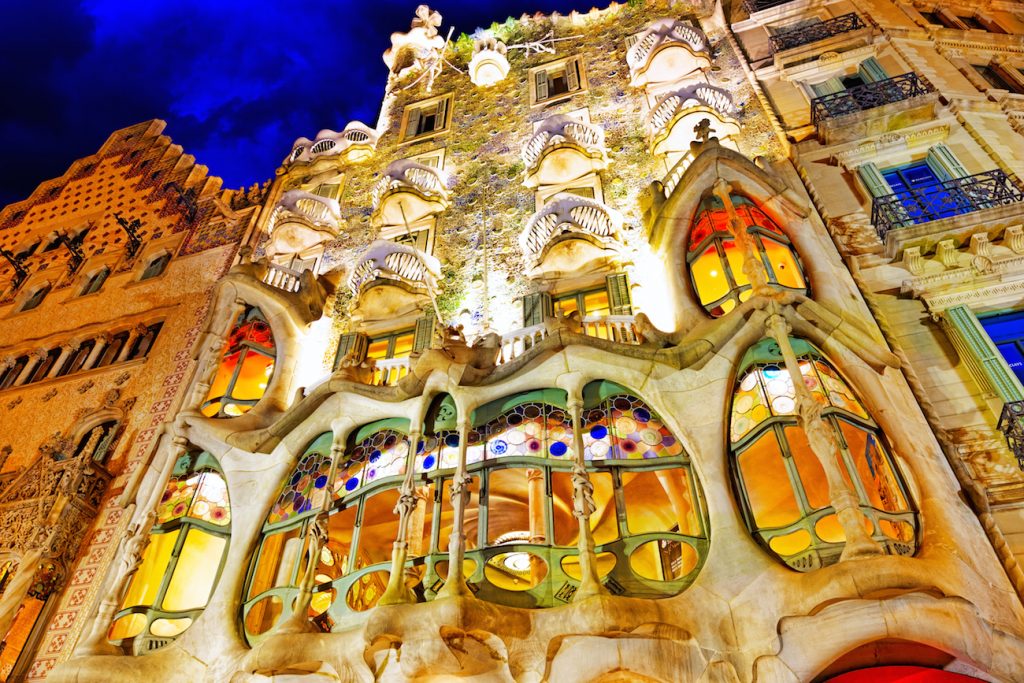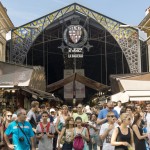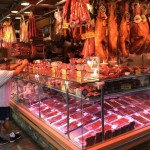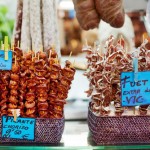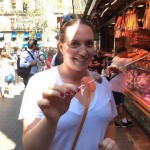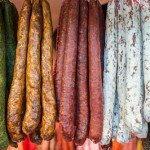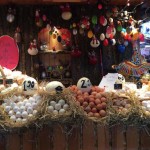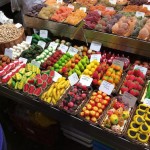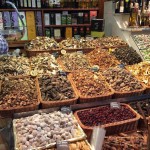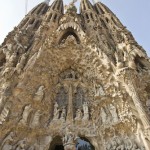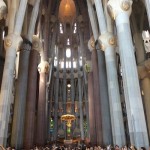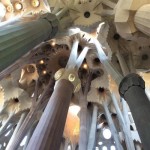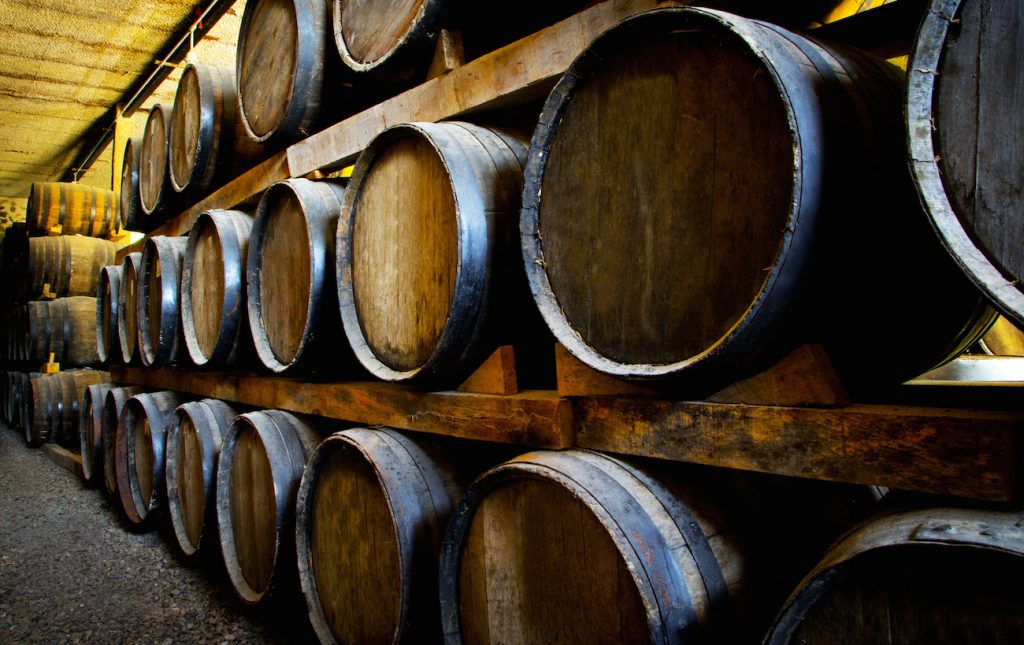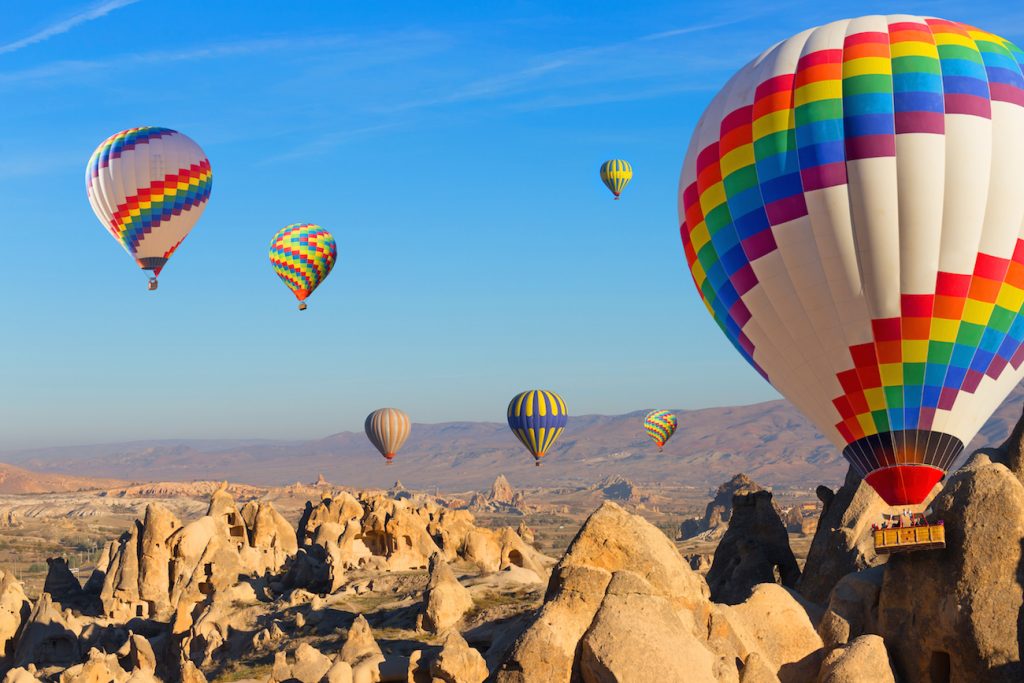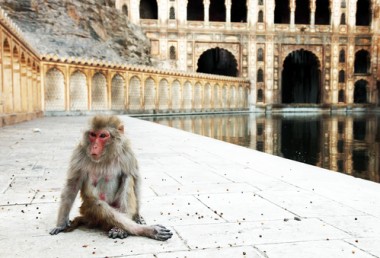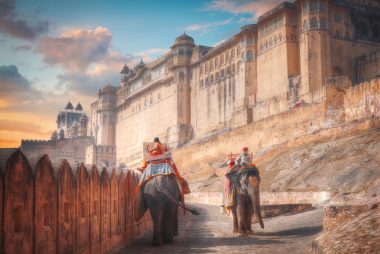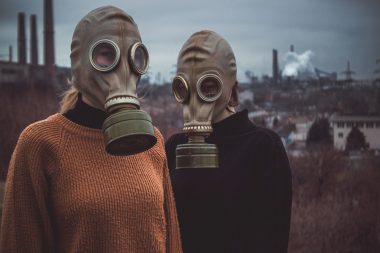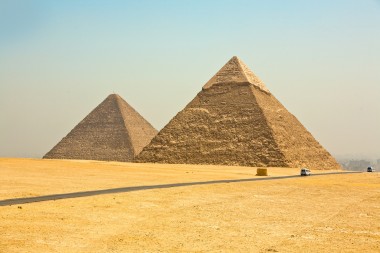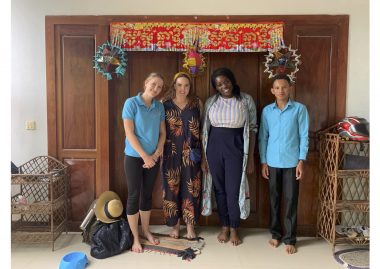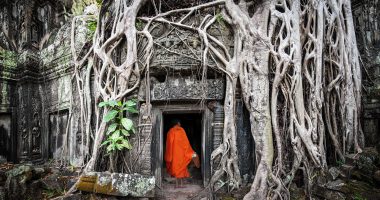Returning to Barcelona
I first visited Barcelona back in 2006 (where I well and truly focused on the nightlife) and again a few years ago for a work conference so this time I am keen to be a proper tourist and see everything Barcelona is famous for.
Barcelona showcases it’s incredible local delicacies in El Mercado de La Boqueria. La Boqueria started as a travelling market, placed in Las Ramblas of Barcelona, one of the best places to attract the largest amount of passers- by and local residents. It reminds me a little of Borough Market in London – and for anyone who is interested in good food this is amazing.
The food, the smells, the colours – La Boqueria is a must see in Barcelona
Barcelona’s most famous street is both a tourist magnet and a window into Catalan culture, with cultural centres, theatres and intriguing architecture. Set between narrow traffic lanes and flanked by plane trees, the middle of La Rambla is a broad pedestrian boulevard, crowded every day until the wee hours of the morning. Our hotel was located just off La Rambla so we frequently walked down here witnessing the ever-changing street scene.
In order to see all the major sights, we decided to buy tickets to the hop-on, hop-off Barcelona sight seeing bus which worked out really well. Somewhere we were all interested in visiting was Casa Batlló – One of the strangest residential buildings in Europe, this is Gaudí at his hallucinatory best.
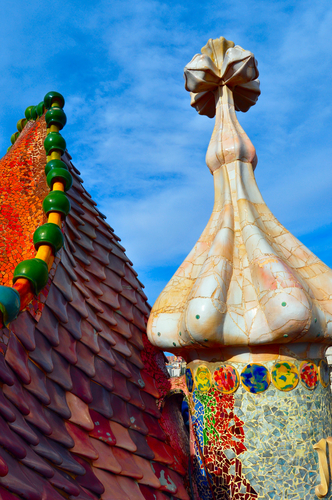 The facade, sprinkled with bits of blue, mauve and green tiles and studded with wave-shaped window frames and balconies. Locals know Casa Batlló variously as the casa dels ossos (house of bones) or casa del drac (house of the dragon). It’s easy enough to see why. The balconies look like the bony jaws of some strange beast and the roof represents Sant Jordi (St George) and the dragon. Even the roof was built to look like the shape of an animal’s back, with shiny scales – the ‘spine’ changes colour as you walk around – it is completely unique and so interesting to see.
The facade, sprinkled with bits of blue, mauve and green tiles and studded with wave-shaped window frames and balconies. Locals know Casa Batlló variously as the casa dels ossos (house of bones) or casa del drac (house of the dragon). It’s easy enough to see why. The balconies look like the bony jaws of some strange beast and the roof represents Sant Jordi (St George) and the dragon. Even the roof was built to look like the shape of an animal’s back, with shiny scales – the ‘spine’ changes colour as you walk around – it is completely unique and so interesting to see.
Gaudi spent a great deal of time outdoors. He was fascinated by nature and, when he was 27, he joined the Centre Excursionista de Catalunya – a group of people who explored the countryside of Catalonia and France.
Gaudí eschewed the straight line, and so the internal staircase wafts you up to the 1st (main) floor, where the salon looks on to Passeig de Gràcia. Everything swirls: the ceiling is twisted into a vortex around its sunlike lamp; the doors, window and skylights are dreamy waves of wood and coloured glass.
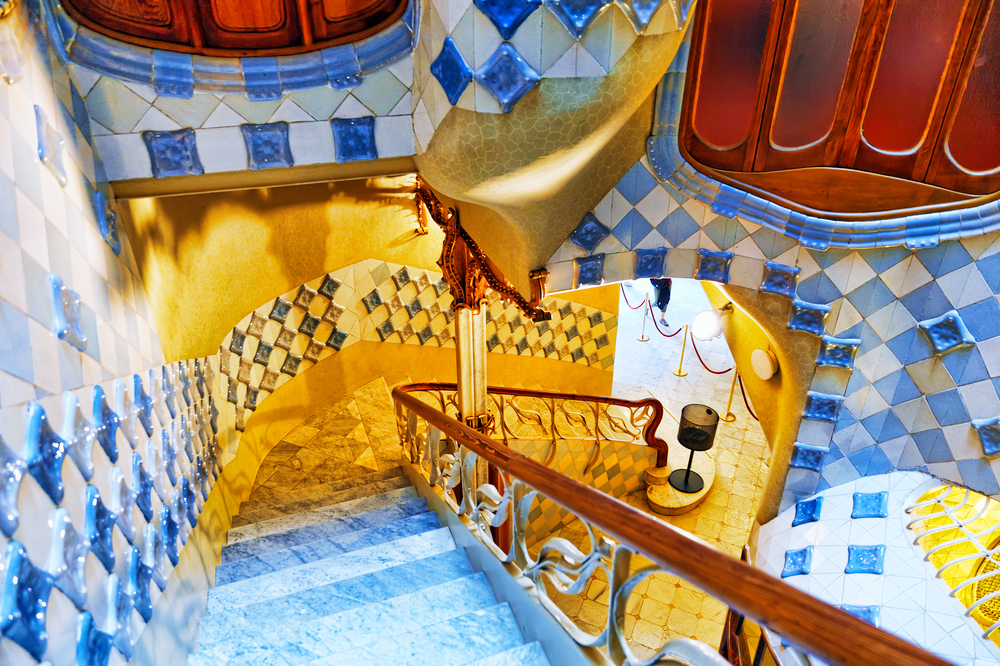
Another masterpiece we all had on our ‘must-see’ lists was Sagrada Família.
It’s still under construction after more than 100 years. When completed, the highest tower will be more than half as high again as those that stand today.
The church has three facades, with themes of the Glory, the Passion and the Nativity, each of which has complex symbolism. The Passion façade contains words from the Bible in different languages. From 1911 until his death, Gaudi worked tirelessly on the design of Sagrada Familia. He died in 1926 when he was run over by a tram and is buried in the crypt. A small museum shows visitors the ongoing history and construction of the church, and the life of its architect.
Photo Credits:
Brian Kinney / Shutterstock.com
Brian Kinney / Shutterstock.com
ribeiroantonio / Shutterstock.com
